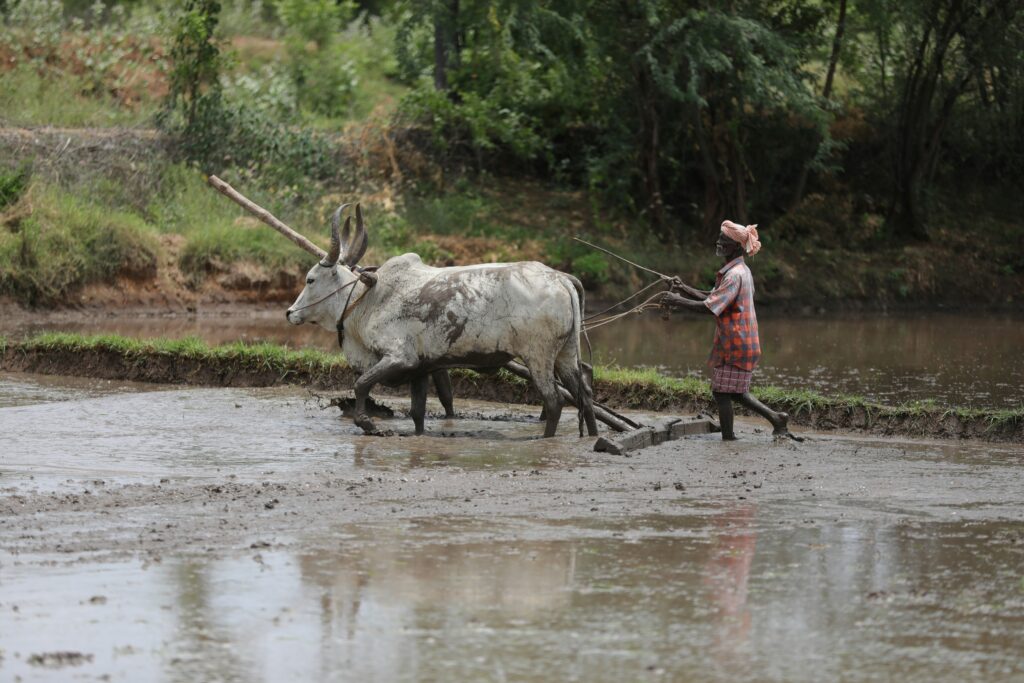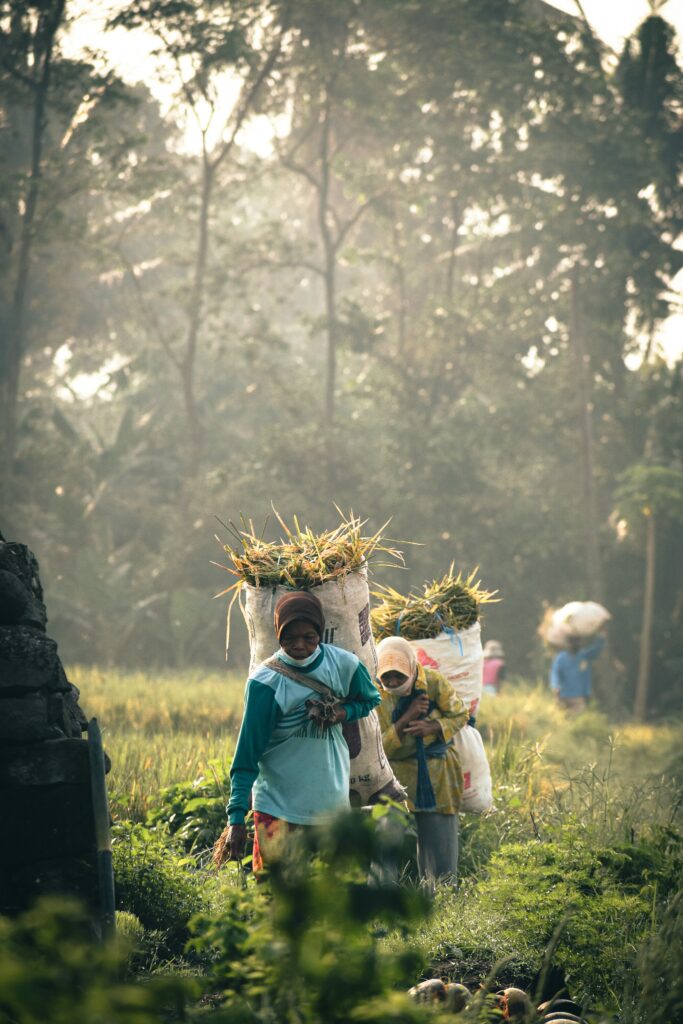India has the world’s largest bovine population and a rich legacy of indigenous cattle breeds. However, over the years, productivity issues and cross-breeding practices diluted the genetic strength of native breeds. In response, the Government of India launched the Rashtriya Gokul Mission (RGM) in December 2014 under the National Programme for Bovine Breeding and Dairy Development. The aim is to conserve and develop indigenous cattle breeds, improve milk productivity, and enhance farmers’ income.

Objectives of the Rastriya Gokul Mission Scheme
The Rashtriya Gokul Mission was designed with the following key goals:
- Conservation and development of indigenous cattle breeds like Gir, Sahiwal, Rathi, Tharparkar, and Red Sindhi.
- Genetic upgradation of bovines to enhance productivity.
- Promotion of scientific techniques for breeding and dairy farming.
- Employment generation and sustainable livelihood through animal husbandry.
- Development of Gokul Grams — integrated cattle care centres.
Key Features
- Gokul Grams: Modern integrated cattle care centres that house indigenous breeds for breeding and milk production.
- Genomic Selection: Use of advanced technologies like genomic selection to identify and propagate high-yield bulls.
- Nationwide AI Coverage: Promotion of Artificial Insemination (AI) for productivity improvement.
- e-Pashu Haat Portal: An online marketplace for trading indigenous germplasm (semen, embryos, etc.).
- Awards and Incentives: “Gopal Ratna” and “Kamdhenu” awards to encourage best practices among farmers and institutions.
Financial Outlay and Performance (as of 2025)
As of the Union Budget 2025–26, the cumulative allocation to Rashtriya Gokul Mission has crossed ₹3,000 crore since inception. The scheme is implemented through the Department of Animal Husbandry and Dairying.
Current status as of 2025:
- 13 Gokul Grams established and operational in various states.
- Over 4 crore Artificial Inseminations conducted under the mission.
- Milk productivity of indigenous breeds has increased by an average of 16% in participating districts.
- Breeding bulls and semen stations have been significantly modernized.
The mission has been integrated into the Animal Husbandry Infrastructure Development Fund for better convergence and impact.
Benefits to Farmers and Rural Economy
The scheme has positively impacted rural livelihoods and the agricultural economy:
- Increased income through higher milk yield from improved indigenous breeds.
- Low maintenance cost as desi breeds are more disease-resistant and climate-resilient.
- Cultural and traditional preservation of Indian cattle breeds.
- Job creation in breeding centres, fodder supply, veterinary services, and dairy cooperatives.
- Empowerment of women, who are major stakeholders in cattle rearing.
Implementation Mechanism
The scheme is implemented in coordination with State Animal Husbandry Departments, Milk Federations, and Livestock Development Boards. The key steps include:
- Breed Identification: Mapping indigenous breeds in regions suitable for their conservation.
- Establishment of Gokul Grams: Setting up care and breeding centres with veterinary, AI, and shelter facilities.
- Genetic Improvement: Through semen banks, bulls with superior traits are identified and used for artificial insemination.
- Training and Awareness: Farmers are trained in better livestock management, nutrition, and disease prevention.
Challenges Faced by Rastriya Gokul Mission:
Despite its success, the mission faces several implementation challenges:
- Slow adoption of technology in remote areas.
- Awareness gaps about indigenous breed advantages.
- Supply chain issues for AI and fodder in some regions.
- Data management inconsistencies at local levels.
To address these, the government is focusing on better digital monitoring, mobile veterinary units, and coordination with Krishi Vigyan Kendras.
mpact and Future Outlook
The Rashtriya Gokul Mission has emerged as a critical pillar in India’s livestock and dairy development strategy. The impact includes:
- Improved breed quality and productivity in thousands of villages.
- Renewed interest in conservation of desi cattle.
- Economic growth in rural dairy clusters.
- Increased export potential for Indian dairy products.
The 2025 roadmap includes:
- Adding 10 more Gokul Grams.
- Targeting 100% AI coverage in identified districts.
- Expanding genomic selection and AI technology to more states.
- Scaling farmer training and veterinary outreach in collaboration with state governments.
Conclusion
The Rashtriya Gokul Mission is not just about cattle — it’s about reviving India’s agricultural backbone. By focusing on indigenous breeds, the scheme respects India’s biodiversity while strengthening the rural economy. As more states adopt the mission wholeheartedly and farmers benefit from improved productivity, this initiative is proving to be a remarkable example of blending traditional wisdom with modern science.
Further Information
You can visit the official Animal Husbandry Department page for more on the Rashtriya Gokul Mission:
Read Similar Content:
PM KUSUM Yojana; PM Krishi Sinchai Yojana..
#Class12Economics #ClassXIIMacro #DesignLinkedIncentivesScheme #DLIScheme #EconomicsforUPSC #GovernmentBudgetClass12 #JalJeevanMission #Meity #MinistryofAgricultureSchemes #MinistryofCommerce #MinistryofEducation #MinistryofJalShakti #MissionSUJALAM #MoA&FWSchemes #MODIGovt3.0 #MoneyMultiplier #MoNRE #MoPNG #NamamiGange #NIPUNBharatMission #PLIScheme #PMAwasYojana #PMBhartiyaJanaushadhiPariyojana #PMDeVINEScheme #PMGATISHAKTI #PMKISAN #PMKUSUM #PMKVY #PMMatsyaSampada #PMMatsyaSampadaSchemeUPSC #PMSHRI #PMSHRIScheme #PMSuryaGharMuftBijliYojana #PMSVAMITVASCHEME #ProductionLinkedScheme #RashtriyaGokulMission #SAKSHAMScheme #SamagraShikshaScheme #SamagraShikshaScheme2.0 #SamagraShikshaYojana #SC/STSchemes #StandUpIndia #UTPRERAK #UtprerakScheme #VidyanjaliScheme


